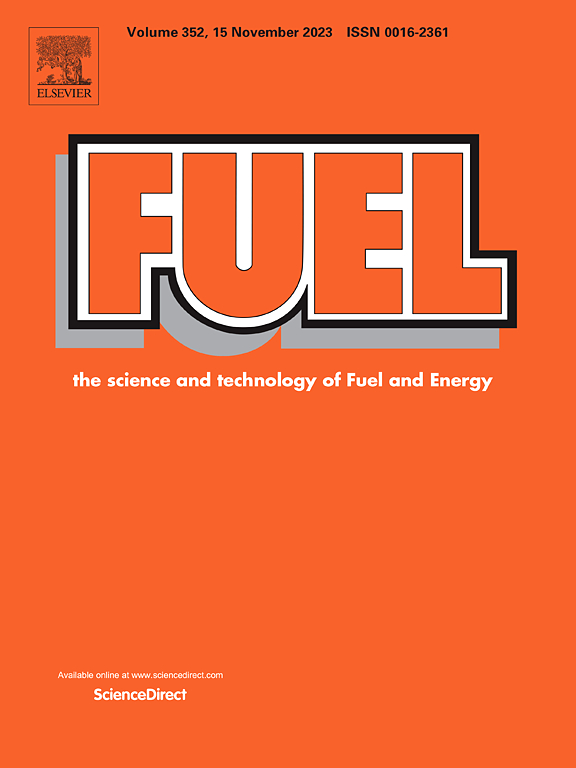Thermodynamics and kinetics of methane hydrate formation in the presence of galactose as an eco-friendly inhibitor
IF 6.7
1区 工程技术
Q2 ENERGY & FUELS
引用次数: 0
Abstract
The production processes for traditional gas hydrate inhibitors are energy-intensive and pose environmental risks if released. Fortunately, ongoing research and development initiatives are being undertaken to find environmentally sustainable alternatives. This study investigated the thermodynamics and kinetics of methane hydrate formation in the presence of the eco-friendly inhibitor galactose. The abundance of hydroxyl groups (OH) in galactose structure promotes strong hydrogen bonding with water molecules, enhancing solubility. A stainless-steel equilibrium cell was employed for thermodynamic and kinetic measurements of methane hydrate formation in galactose aqueous solution. Thermodynamic tests were performed using an isochoric pressure-search method to determine the dissociation conditions of methane hydrate in 5 wt%, 15 wt%, and 25 wt% galactose aqueous solutions. The pressure and temperature ranges of equilibrium measurements were (3.18 to 6.62) MPa and (274.6 to 281.3) K, respectively. The results have demonstrated that galactose causes suppression temperatures of 0.2 K (5 wt%), 0.9 K (15 wt%), and 2.1 K (25 wt%), thereby confirming its weak inhibition impact. In the thermodynamic modeling section, three thermodynamic packages (vdW-P + PR + FH, vdW-P + PR + UNIQUAC, and vdW-P + PR + NRTL) were employed. The AADs for the combinations (vdW-P + PR + FH), (vdW-P + PR + UNIQUAC), and (vdW-P + PR + NRTL) across all measured data points (26 data points) are 0.4 K, 0.6 K, and 0.4 K, respectively. Kinetic measurements were performed to determine the induction time for methane hydrate formation in galactose solution. For induction time measurements, the cooling step was also important. The temperature reduction can be described as follows: the cell temperature did undergo a rapid decrease from the initial ambient temperature to 10 °C during a time of 1 h. Thereafter, the cell temperature was reduced at a rate of 1 K.hr-1 until it reached the desired set point (−7 °C). The induction time decreases as pressure increases. Moreover, elevating the concentration of galactose in aqueous solution increases the induction time, signifying the kinetic inhibition effect of galactose. A new two-parameter correlation was introduced for the modeling of the induction time for methane hydrate formation. The results were compared with experimental data and the outputs of a three-parameter correlation introduced in our previous study. The investigation demonstrates that the proposed model can yield superior outcomes (AAD = 0.7 min for 31 data points) relative to a three-parameter model (AAD = 0.9 min for 31 data points).

求助全文
约1分钟内获得全文
求助全文
来源期刊

Fuel
工程技术-工程:化工
CiteScore
12.80
自引率
20.30%
发文量
3506
审稿时长
64 days
期刊介绍:
The exploration of energy sources remains a critical matter of study. For the past nine decades, fuel has consistently held the forefront in primary research efforts within the field of energy science. This area of investigation encompasses a wide range of subjects, with a particular emphasis on emerging concerns like environmental factors and pollution.
 求助内容:
求助内容: 应助结果提醒方式:
应助结果提醒方式:


